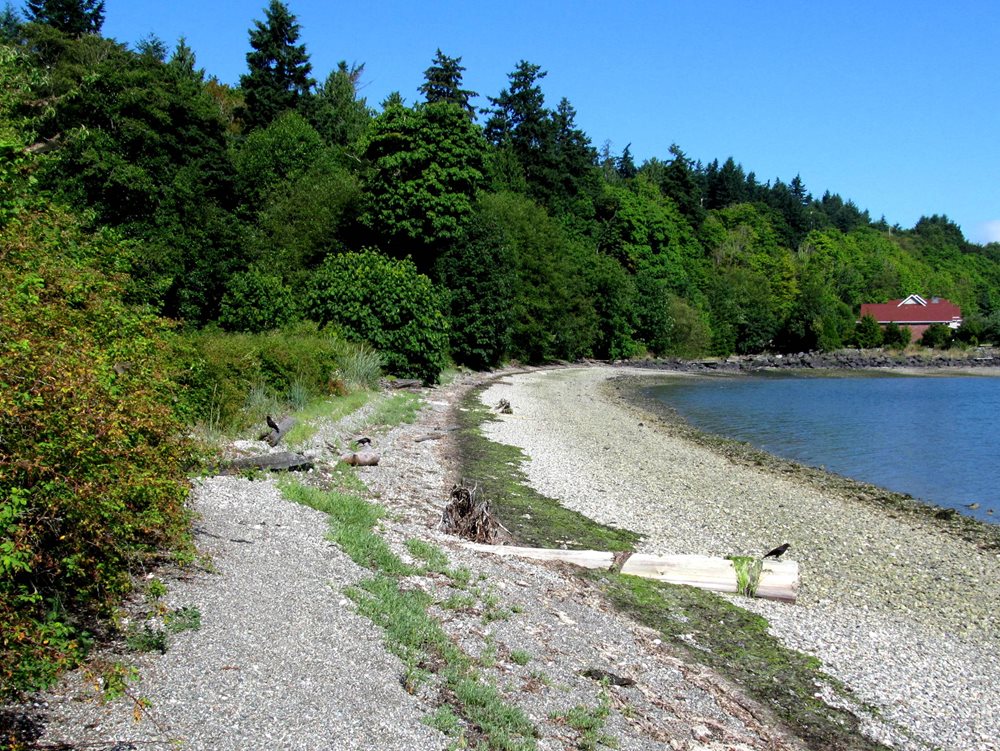Some Known Factual Statements About Shore Protect Team
Table of ContentsShore Protect Team Things To Know Before You Get ThisGet This Report on Shore Protect TeamWhat Does Shore Protect Team Do?What Does Shore Protect Team Mean?The Definitive Guide for Shore Protect TeamFascination About Shore Protect Team
Living coastlines make use of natural materials such as plants, sand, rock, or oyster shells. Over time, living coastlines can end up being more secure as plants and origin systems expand and develop.They typically use marginal to no environmental benefits. Solidified coastlines tend to break down over time because of damage from waves and tornados, and they can sustain greater maintenance prices if they need considerable repair work. Factors to consider for what strategies to make use of to maintain a coastline vary based upon specific problems at the website, such as the quantity of wave power, variant in low and high tides, and the incline of the coastline.
Not known Incorrect Statements About Shore Protect Team


Planting native plant life like dune grass is an effective strategy to shoreline erosion control. In areas where sand has already been significantly worn down, sand replenishment is a feasible method for remediation.
Shore Protect Team - Truths
They restrict the transport of coastline debris by recording the longshore existing and are built to safeguard long stretches of land from disintegration. Debris that is cleaned down the coastline is collected on the updrift side of the framework. Breakwaters are structures built alongside the shore that "break" waves, reducing the effect on the prone debris of the coastline.
Made of rock and rubble, breakwaters are frequently submerged underwater yet occasionally can be seen from above. Typically made from tough materials like rock, wood, and concrete, they safeguard against tornado rises and are typically made in emergency situations because of their efficiency and fast building.
Shore Protect Team - Truths
Dunes are sand tanks that act as obstacles against wind and water to maintain coastlines undamaged. Since sand is such a light-weight compound, it is conveniently blown or flushed away by wind and water.
Global climbing sea degrees present a danger to sand dunes across the world, however TrapBag can decrease disintegration by enhancing the dunes at their core and shielding dunes from low-lying wind gusts. TrapBag can be used to create seawalls and other shoreline disintegration protection frameworks. Heavy, collapsing waves and increasing tides are disastrous for the health of coastlines.
Getting The Shore Protect Team To Work
Ensures compliance with Georgia's Shore Security Act, regulating tasks near dunes and coastlines. Discover solutions to common concerns concerning seaside licenses, revocable licenses, and other vital info.
If you are intending any kind of building and construction or activity in or near salt marsh in the State of Georgia, you need to contact our workplace for a jurisdictional resolution and to find out if you need a CMPA authorization for your task. The Coast Protection Act (HEALTH FACILITY) regulates tasks and frameworks in jurisdictional coastline and coast locations.
Since 1982, the North Carolina Coastal Federation has functioned to protect and restore the seaside water quality and environments of North Carolina. We involve people from all strolls of life, both residents and visitors, who are dedicated to protecting the North Carolina coastline for present and future generations. Whether you live and deal with the coast, visit now and then, or just imagine walking along our gorgeous beaches, the well-being of your globe depends on healthy oceans and seaside ecological communities.
Facts About Shore Protect Team Uncovered
We involve people from all profession, both homeowners and site visitors, to help us secure and recover the coastline for present and future generations. is the Federation's acclaimed, daily, news service covering the ecological news of the North Carolina coast. Insurance coverage includes scientific research innovations, federal government, and regulatory activities, and education and learning, in addition to the environment, society, and history of the state's 20 coastal areas.
Editorial decisions are made independently of the publisher and any type of other individuals or rate of interests. Released in 2012, Coastal Review has belonged to the North Carolina Press Organization given that 2015. In 2021, journalism association identified Coastal Review with a first-place honor for civil service, together with a first-place award for appearance and design and second-place awards for area coverage and basic quality.